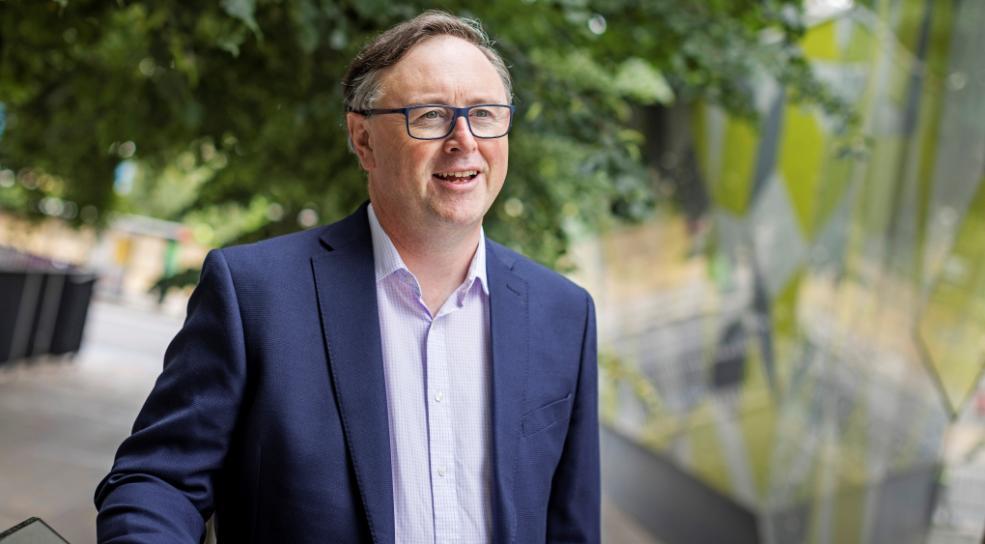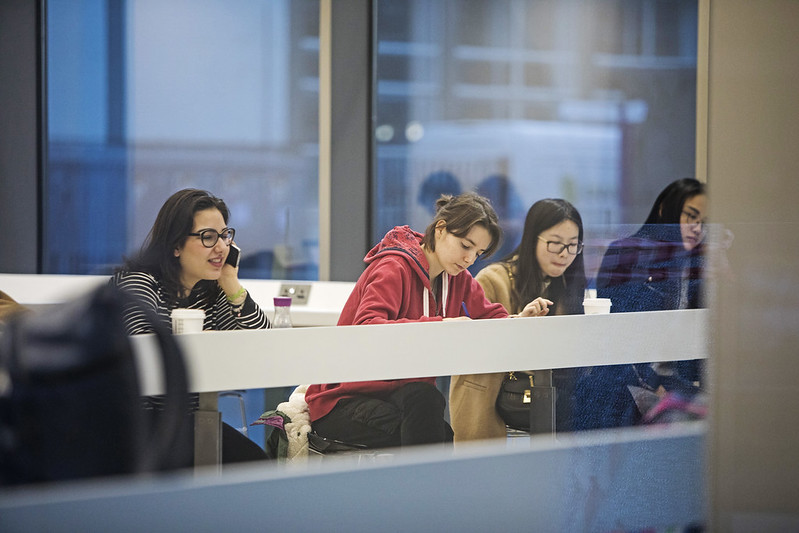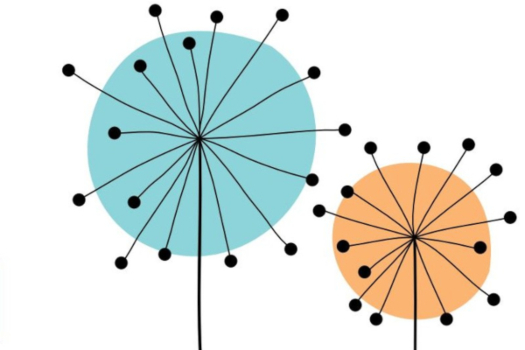Working with students to embed climate change analysis in the maths curriculum

With increasing awareness of the importance of climate change in all areas of society, Chris Sutton sought student help to integrate analysis of climate change and its effects into the undergraduate maths curriculum
“From my perspective, climate change and its effects are the biggest risk that we as a society face, so why wouldn’t we embed this in our curriculum?” asks Chris Sutton, Senior Lecturer in Actuarial Science in the School of Mathematical Sciences.
In 2021, Chris applied for Westfield funding to bring climate change analysis into teaching and learning of maths at Queen Mary. Rather than bolting on a new module, he sought for opportunities to weave climate change into existing core modules and to do that, needed to work with both students and staff.
Chris continues: “The actuary in me says, this is an intergenerational problem; the people that benefit from burning fossil fuels are not the same people who bear the burden in the future.
“With intergenerational problems you can’t rely on the generation that is causing the problem to come up with the solution. I represent the generation that is causing most of the problem, which is why I was particularly keen that we ran this as a student-led initiative. Students have more skin in the game in terms of what the solutions need to look like.”
Chris began by asking lecturers to volunteer their modules for investigation by students. These included modules on computing, algebra, geometry, probability and statistics. He then recruited six students – Xin Di Kwong, Erin James, Zhengju Wang, Mobin Rahman, Jaskiran Kalra and Rahavi Gopi – who chose to pair up and work together on their assigned modules.
He says: “To begin with, I just wanted to fire their imagination, so I arranged some meetings with people using maths in climate-related work, for example someone working in flood prevention.”
A lot of maths students are thinking about careers in finance or computing, and these meetings had an unplanned benefit of making the students consider alternative career prospects.

Students met with module organisers then spent time researching possible additions or changes to introduce climate change themes into each module. Then they returned to the lecturers to present their ideas. Initial feedback suggests the new content has been warmly received.
Students used a wide variety of sources including statistics, newspapers, books and case studies. They even conducted their own research by surveying Queen Mary staff and students about their views on climate change. These survey data can now be used in teaching and learning about statistics. As well as data sets, students also found that climate models and case studies could be used in teaching, and they created new materials for students to learn about how maths is used in industry to understand climate change. They have also shown how simple climate models can be built using programming languages already taught in the school.
There were challenges, as student Mobin Rahman explains: “It was difficult when the module subject was very abstract. There was also the challenge of climate data not being freely available, and because the study of climate change is multi-disciplinary, we had to focus on not deviating too much from maths into other subjects like physics.”
However, student Xin Di Kwong says: “This was a great opportunity for us to understand the deeper meaning of climate change, the role of mathematics in climate change, how we can implement our knowledge to affect the climate emergency and spread awareness to a wider audience.”
Chris expects to see the teaching and learning materials that the students produced in use in the current academic year. He also hopes that this student-led approach could be used not only to embed climate analysis in other maths modules, but also by other schools across Queen Mary.
Rather than just digging a deep hole that we’re never going to get out of, we know the steps that we can take, and we know that we can use our degree to help take those steps. For me it was positive.— Erin James



-400x267.jpg)